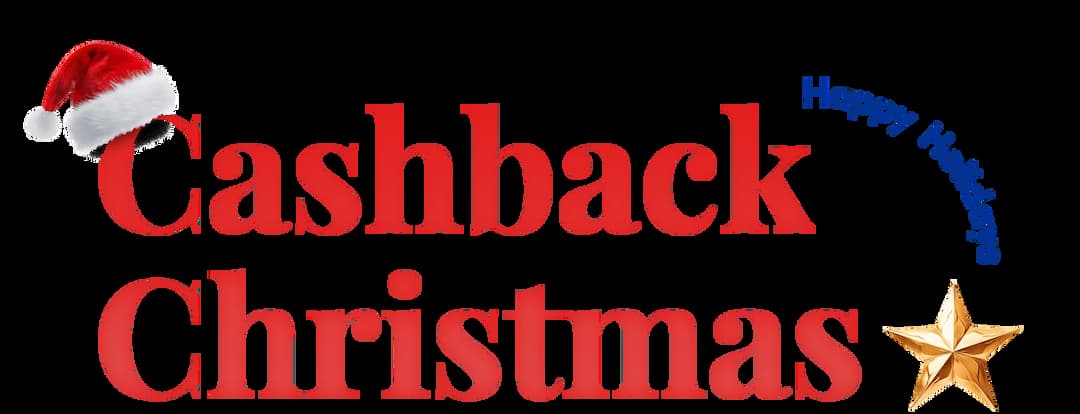What Are The Different Parts of a Phone Number?

Phone numbers are seen everywhere, yet many people do not know what each part actually does. Well, the digits might look random, but every section of a phone number has a specific role and importance.
Furthermore, understanding these parts is essential to avoid mistakes or failed calls. With billions of phone numbers in use worldwide, knowing how a number is structured helps you connect more reliably.
In this article, we will explore every component of a phone number in detail and provide practical examples so you can understand how a complete phone number works.
What is a Phone Number?
A phone number is a unique set of digits; each digit serves a specific purpose to ensure calls or messages reach the right person. You can think of a phone number as a home address. The way a mailing address instructs the post office where to deliver a letter, in the same way a phone number instructs a phone network where to send a call or text message.
For instance, if you want to talk to someone, you dial their phone number. The phone system then uses that number to find and connect to the right phone, no matter where it is.
The Different Parts of a Phone Number
The anatomy of a phone number typically includes an area code or mobile prefix followed by the subscriber’s number. In international formats, additional components like the exit code and country code are also part of the structure.
Here is the complete breakdown of the different parts of a phone number:
1. Exit Code
An exit code is a set of digits that tells your phone system or carrier provider that you are contacting outside your country. This allows your call to reach the correct international destination.

Moreover, the exit code can also be replaced with a “+” sign when using a mobile phone. Well, almost every country has a different exit code. They are usually of 2 or 3 digits and formed using a combination of “0” or “1”.
For example, let’s say you are making a call to the US from the Netherlands. Then, your number format will be 00 1 254 256 3220 or +1 254 256 3220, where
- Exit code for the Netherlands: 00 or +
- Country code for France: 1
- Area Code: 254
- Local Number in France: 256 3220
Here are some countries alongside their respective codes.
The following are some exit codes in tabular form for countries around the world:
Country | Exit Code |
| United States | 011 |
| Canada | 011 |
| United Kingdom | 00 |
| Australia | 0011 |
| Germany | 00 |
| China | 00 |
| Japan | 010 |
| New Zealand | 00 |
| South Korea | 001, 002, 003, or 004 |
2. Country Code

A country code is a short alphanumeric identification code that lets the phone system know which country you are trying to reach. Whenever you dial an international number, the country code is the first part of the number you enter before dialing a phone number. Every country has its own unique code.
For example, the country code for the United States is 1, and when calling from overseas internationally, it can be written as either 00 1 or +1, where:
- “+” represents the exit code placeholder for international calls.
- “1” represents the country code of the United States.
Here are some of the popular nations alongside their country code.
Country | Area Code |
| China | 86 |
| India | 91 |
| United States | 1 |
| Indonesia | 62 |
| Pakistan | 92 |
| Brazil | 55 |
| Nigeria | 234 |
| Bangladesh | 880 |
| Russia | 7 |
| Mexico | 52 |
| Canada | 1 |
| United Kingdom | 44 |
3. Telephone Prefix
Telephone prefixes come right after the country code. Depending on the type of number, it can be divided into three categories. If it’s a landline, mobile, or toll-free number, then a telephone prefix is an area code, mobile prefix, or toll-free code.

3.1 Area Codes
Area codes are part of a phone number that identifies a specific region or city within a country. Its length can vary from 1 to 4 digits depending on the country or region’s numbering system. For example, in the United States, area codes are three digits long. Some popular US area codes include 212 for New York City, 415 for San Francisco, and 305 for Miami.
Additionally, in most nations, when dialing domestically, a trunk code, usually “0,” is added before the area code.
Here is a list of some well-known area codes of popular countries:
Country & Their Cities | Area Code |
| Beijing (China) | 10 |
| Mumbai (India) | 22 |
| Toronto (Canada) | 416 |
| London (United Kingdom) | 20 |
| Berlin (German) | 30 |
| New York (United States) | 212 |
| Moscow (Russia) | 495 |
Additionally, area codes are assigned by the government agency that manages telecommunications and phone numbers in each country. For example:
- United States and other North American countries: In the United States, Canada, and many Caribbean nations, area codes are assigned under the North American Numbering Plan (NANP). The North American Numbering Plan Administration (NANPA) manages these codes, while the Federal Communications Commission (FCC) assigns the area code in the US.
- In India, the Department of Telecommunications (DoT) assigns area codes.
- In China, the Ministry of Industry and Information Technology (MIIT) handles the assignment of area codes.
3.2 Mobile Prefixes
In many countries, mobile prefixes indicate the mobile operator or network a number belongs to. These prefixes also help route calls correctly to the correct carrier provider.
Here is a table of some of the different carrier providers around the world alongside their mobile prefixes.
Country | Carrier Provider and Mobile Prefixes |
| Australia | 042x (Vodafone), 043x (Optus), 044x (Telstra) |
| France | 06 20, 06 21 (SFR), 06 60, 06 61 (Free Mobile) |
| India | 987, 989, and 990 (Airtel), 981, 982 (Vodafone Idea) |
| UK | 071, 072 (Vodafone or O2) |
3.3 Toll-Free Prefixes/codes
Toll-free prefixes are special codes that allow callers to reach a business or service without being charged for the call. These numbers are typically used by customer support, helplines, and large organizations.
Some common toll-free prefixes are 800, 888, 877, 866, and 855.
4. Subscriber Numbers
A subscriber number is the last part of a phone number. If it is a landline number, it includes an exchange code or a Central Office Code and the line number, which work together to make sure calls reach the right destination. 
A subscriber number is the last part of a phone number. If it is a landline number, it includes an exchange code or a Central Office Code and the line number, which work together to make sure calls reach the right destination.
More importantly, some businesses use vanity phone numbers, where the digits are arranged to spell words or names on the phone keypad. For example, 1800 FLOWER or 212 TAXI, where FLOWER and TAXI are the subscriber numbers. Though it may look tricky, it is easy to call such numbers with letters.
5. Extension Number
An extension number is a set of digits added at the end of the phone number. It helps your call to be directed to a specific person or department within an organization.
For example, suppose the customer service team in the ABC organization has the contact information of (212) 555-1234 567. Here, (212) 555-1234 denotes the primary number of the ABC organization, and ext. 567 is added to this number if you want to reach the customer support team directly.
Get a phone number from over 100 countries and start calling globally today.
Conclusion
Knowing the different components of a phone number gives you a clear understanding of how calls are connected and messages are delivered. Each part, from the exit and country code to the telephone prefix and subscriber's number, plays a significant role in ensuring your call reaches the right person. With this knowledge, you can avoid dialing mistakes, understand international and local formats, and communicate more reliably.

Get Cashbacks Up to 43% Straight To Your Wallet!
Unlimited Virtual Numbers – Local, Mobile & Toll-Free from 100+ Countries
Free Local Phone Number from US or Canada
Crystal-Clear Calls Starting at Just $0.0153/min
24/7 Human Support – Because Great Service Never Takes a Holiday


Frequently Asked Questions
What is +1 on the phone number?
+1 is the country code for the United States and Canada. So, if you want to call a number in the United States or Canada, dial +1, followed by the area code and local phone number.
What is the correct format for a phone number?
What is a phone number prefix?

Still have questions?
Can’t find the answer you’re looking for? Please chat with our friendly team.
Stay in the loop
Get the latest call insights, trends, and updates delivered straight to your inbox.
By subscribing, you agree to receive updates from Calilio.
You can unsubscribe anytime.